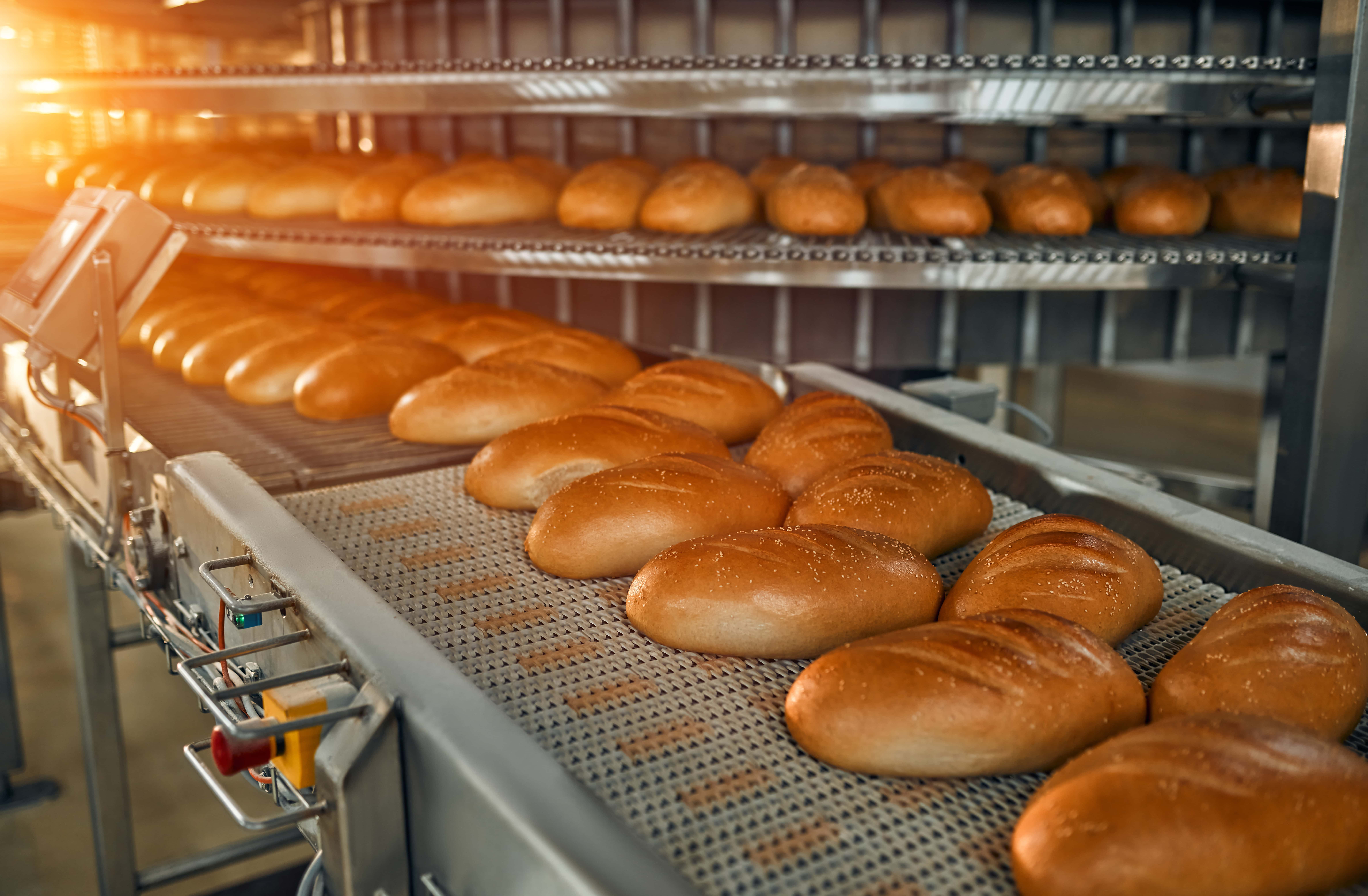1. Advanced Lighting Systems: Replace conventional lighting fixtures with high-efficiency LED lighting systems. Incorporate occupancy sensors and programmable lighting controls to optimize illumination levels based on occupancy and operational requirements.
2. HVAC System Enhancement: Implement routine maintenance and servicing of the HVAC infrastructure, ensuring optimal performance. Consider retrofitting with energy-efficient HVAC equipment featuring advanced controls and zoning capabilities for precise temperature regulation.
3. Thermal Insulation and Air Sealing: Enhance thermal insulation across building envelopes, encompassing walls, roofs, and floors. Implement comprehensive air sealing measures to curtail thermal bridging, thus reducing the demand for active heating and cooling systems.
4. Upgraded Process Equipment: Substitution or retrofitting of legacy processing equipment with energy-efficient counterparts, encompassing refrigeration units, ovens, fryers, and other critical food processing machinery.
5. Waste Heat Recovery Systems: Installation of waste heat recovery systems to capture and repurpose excess heat generated during industrial processes for space heating or preheating water. Lepido, by Enjay Systems, is an industrial heat exchanger, developed and built in Sweden. It can recapture excess heat from the ventilation in industrial processes such as in Food Production facilities. The patented set up of coils allows the particles (and the hot air) to pass through the heat exchanger without getting stuck.
6. Variable Frequency Drives (VFDs): Deployment of VFDs on motors and pumps to enable variable speed control, aligned with real-time demand, thereby mitigating energy wastage during low-load periods.7. Renewable Energy Integration: Integration of on-site renewable energy sources such as photovoltaic solar arrays or wind turbines to generate electricity, partially offsetting energy expenditures while curbing carbon emissions.
8. Energy Management and Control Systems: Adoption of sophisticated Energy Management Systems (EMS) for real-time monitoring, data analytics, and control of energy consumption. These systems facilitate data-driven decision-making to optimize operations continually.
9. Water-Energy Nexus Optimization: Implement water conservation measures, including low-flow plumbing fixtures and advanced wastewater treatment, coupled with water reuse strategies to reduce the energy input required for water heating and processing.
10. Workforce Training and Engagement: Conduct employee training programs focusing on energy-efficient practices, emphasizing equipment shutdown protocols during non-utilization periods and encouraging vigilance for energy wastage.
11. Comprehensive Energy Auditing: Periodic, in-depth energy audits conducted by specialized professionals to identify energy inefficiencies, prioritize retrofit opportunities, and fine-tune operational procedures.
12. Supply Chain Logistics Optimization: Collaborate closely with suppliers and logistics partners to optimize supply chain routes and storage methodologies, thereby minimizing energy consumption during transportation and warehousing.
13. Sustainable Building Design: Incorporate sustainable building design principles in new construction or renovation projects, encompassing passive design strategies, daylight harvesting, and high-performance building envelopes.
14. Utilize Incentives and Rebates: Leverage governmental incentives and utility rebates available for energy-efficient retrofits and renewable energy installations to optimize project economics.
15. Continuous Monitoring and Benchmarking: Establish a robust system for continuous energy consumption monitoring and performance benchmarking to track progress over time, identify anomalies, and maintain energy efficiency gains.
By implementing these technically focused energy-efficient measures, a food production facility can achieve substantial reductions in energy consumption, operational costs, and environmental impact, aligning its operations with modern sustainability standards and industry best practices.
